
A calendar full of birthdays
We see many people living up to 80 or even 100. So what is the secret to a longer, happier and healthier life? Studies show
The word Bonsai is a Japanese word that means tree planting. Derived from the Chinese art form Penjing. But there is a difference. While in Penjing, traditional techniques are used to create an entirely natural scenery in small pots, Bonsai uses only precise tenets of Bonsai pruning and training to create diminutive versions of real life trees.
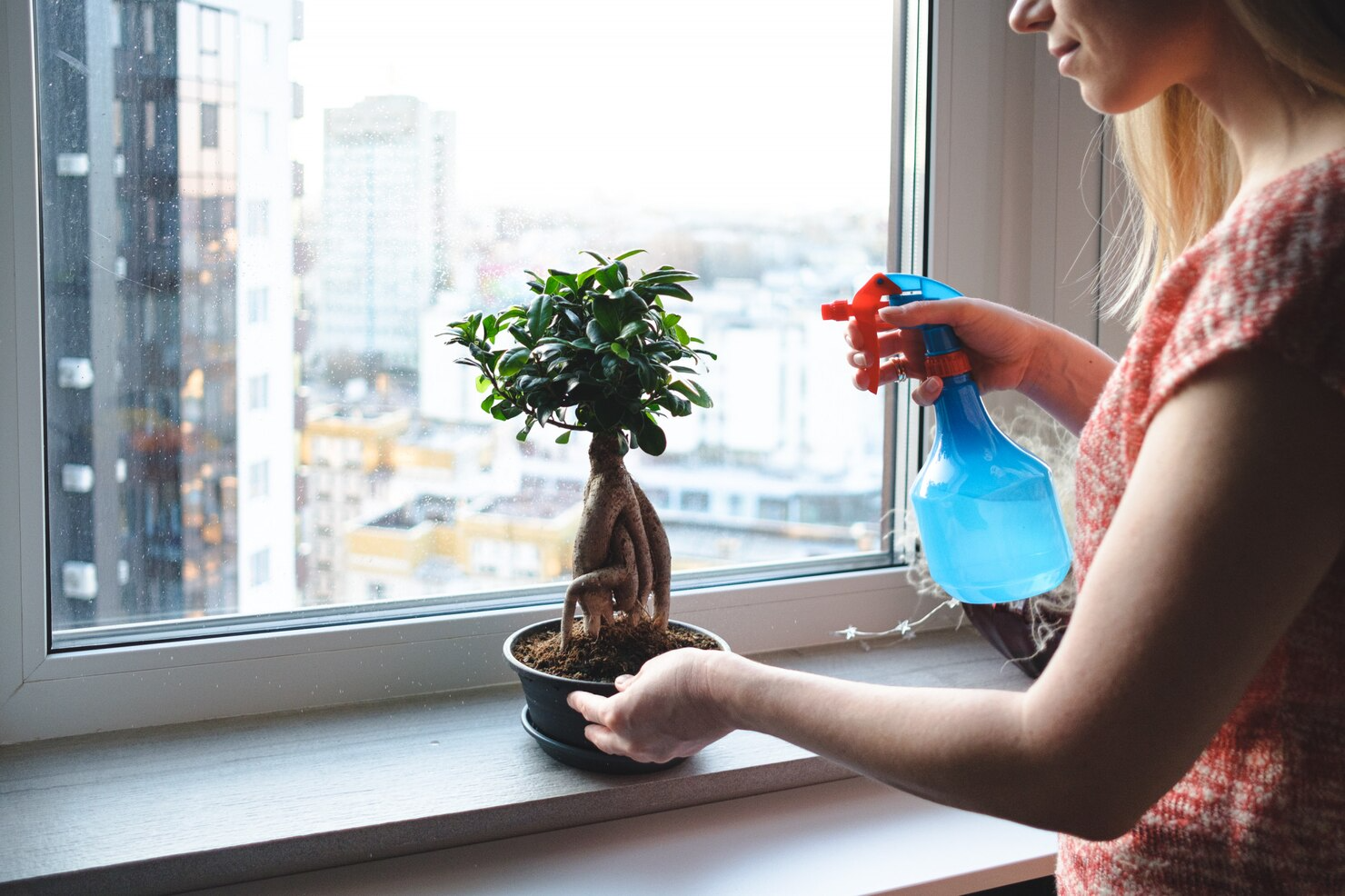

The Bonsai is a pleasant aesthetic experience for the viewer and a celebration of the effort and ingenuity of the grower. More importantly, it symbolizes balance, order and harmony bringing peace and good fortune to the recipient. It therefore makes for a great gift. It denotes care, nurturing, patience and positivity and can send a beautiful message to your friends and family if you give it to them.

A Bonsai tree, if properly cared for, will last for years and give the recipient year-long joy. It is an evergreen gift that never goes out of fashion. It can become a family heirloom to be treasured for generations.

A Bonsai tree can become an unique expression of the owner’s creativity because no two trees are alike.
There is a Bonsai in every style for every home. Moreover, a bonsai is a true expression of love.

Beginner Bonsai trees if presented with a simple toolkit and some instructions can be very easy to care for. They make a great alternative to puppies or kittens which may be harder to care for. Moreover, unlike animals, trees don’t leave a mess on the floor.

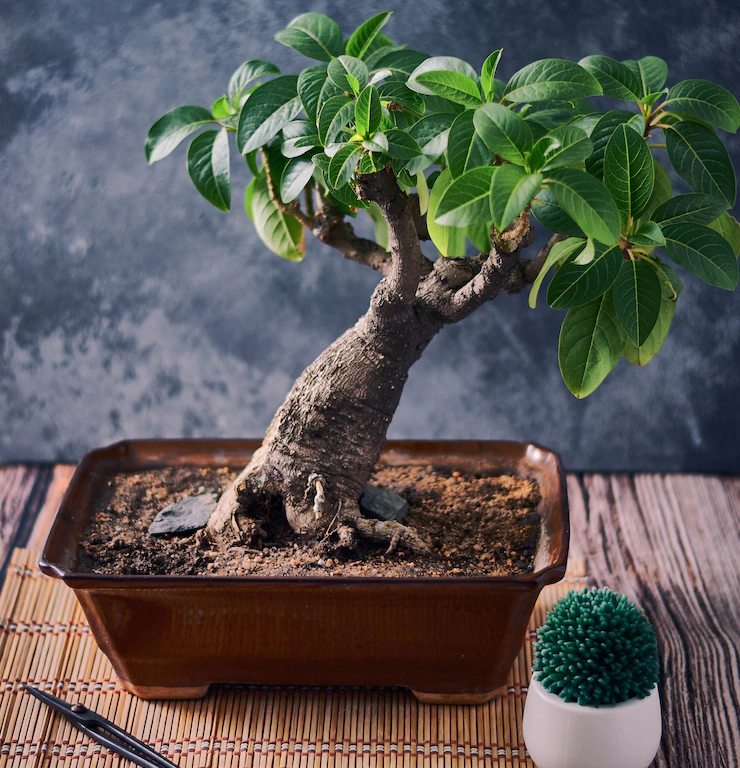
For a Bonsai to grow and thrive it needs proper care and that depends on the kind of Bonsai you choose to grow. While most Bonsai trees are grown outside, some tropical and subtropical varieties of plants can survive indoors. Most Bonsai should be placed outdoors as they need to be exposed to the cycle of the 4 seasons just like other normal trees. However, plants that survive well indoors are the Ficus bonsai, Dwarf Jade, Fukien tea, Hawaiian umbrella, and the Sweet plum.

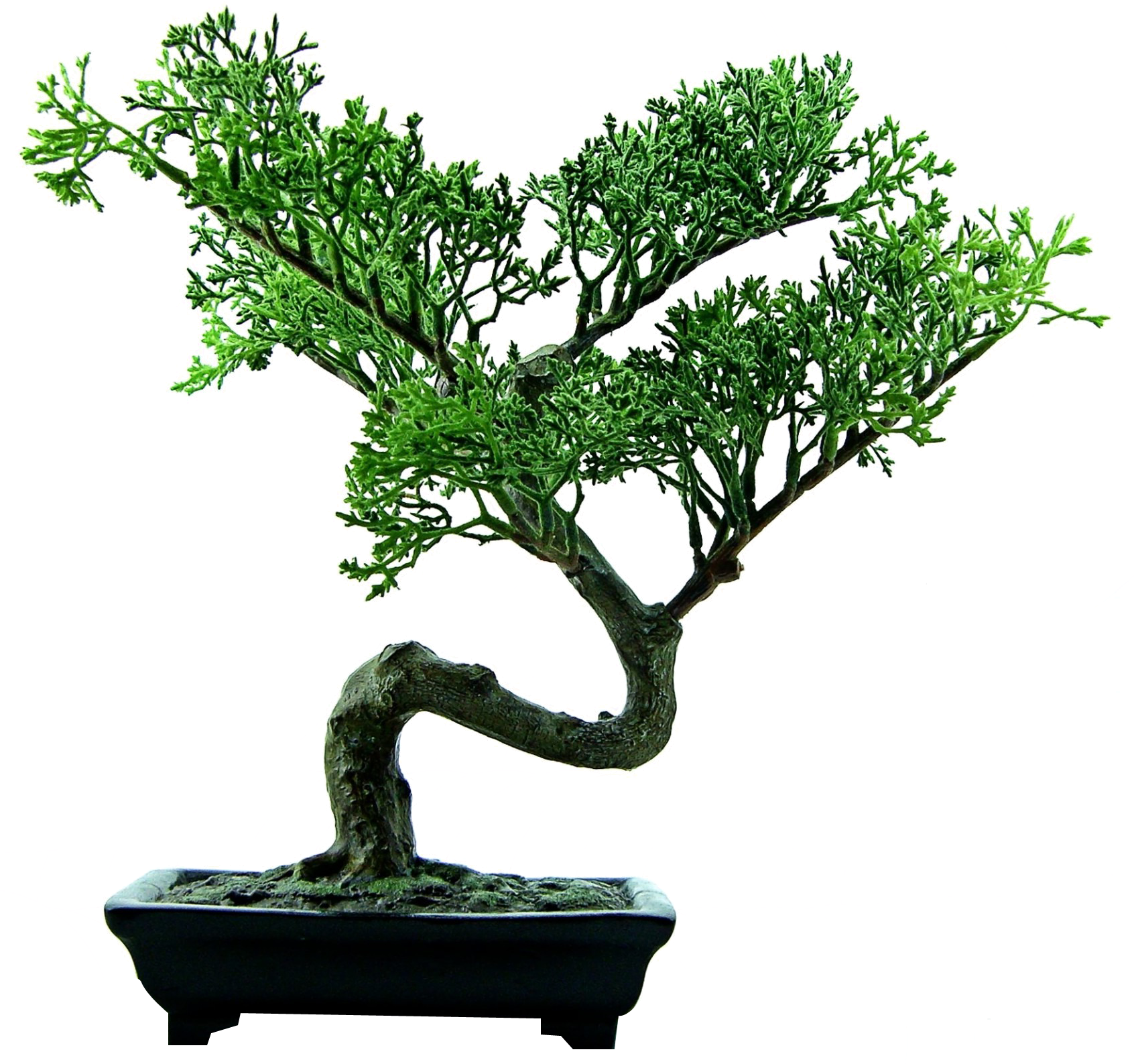






But don’t be alarmed. Bonsai care isn’t as difficult as it seems. Depending on the species you choose, your tree will need basic or advanced care. Though Bonsai trees are more delicate than normal trees, some basic guidelines if followed properly will ensure that your tree thrives.
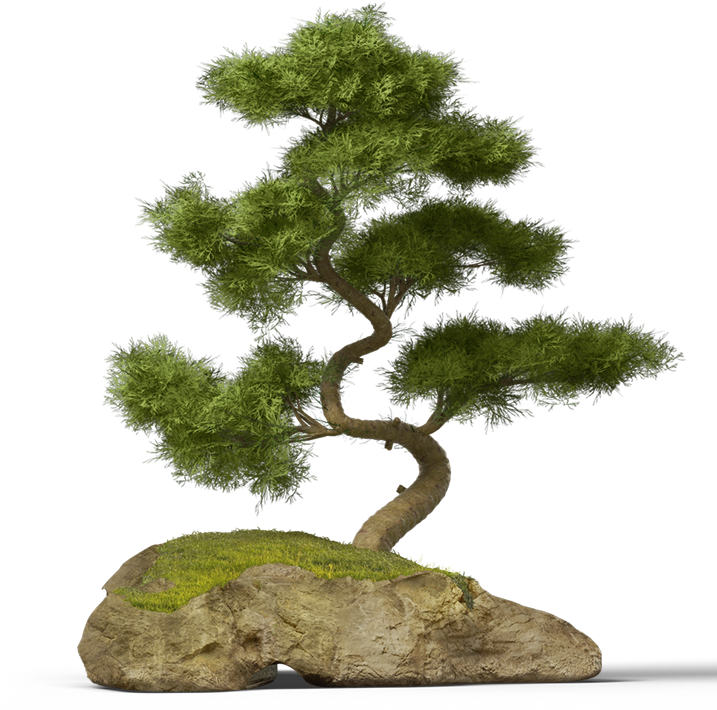
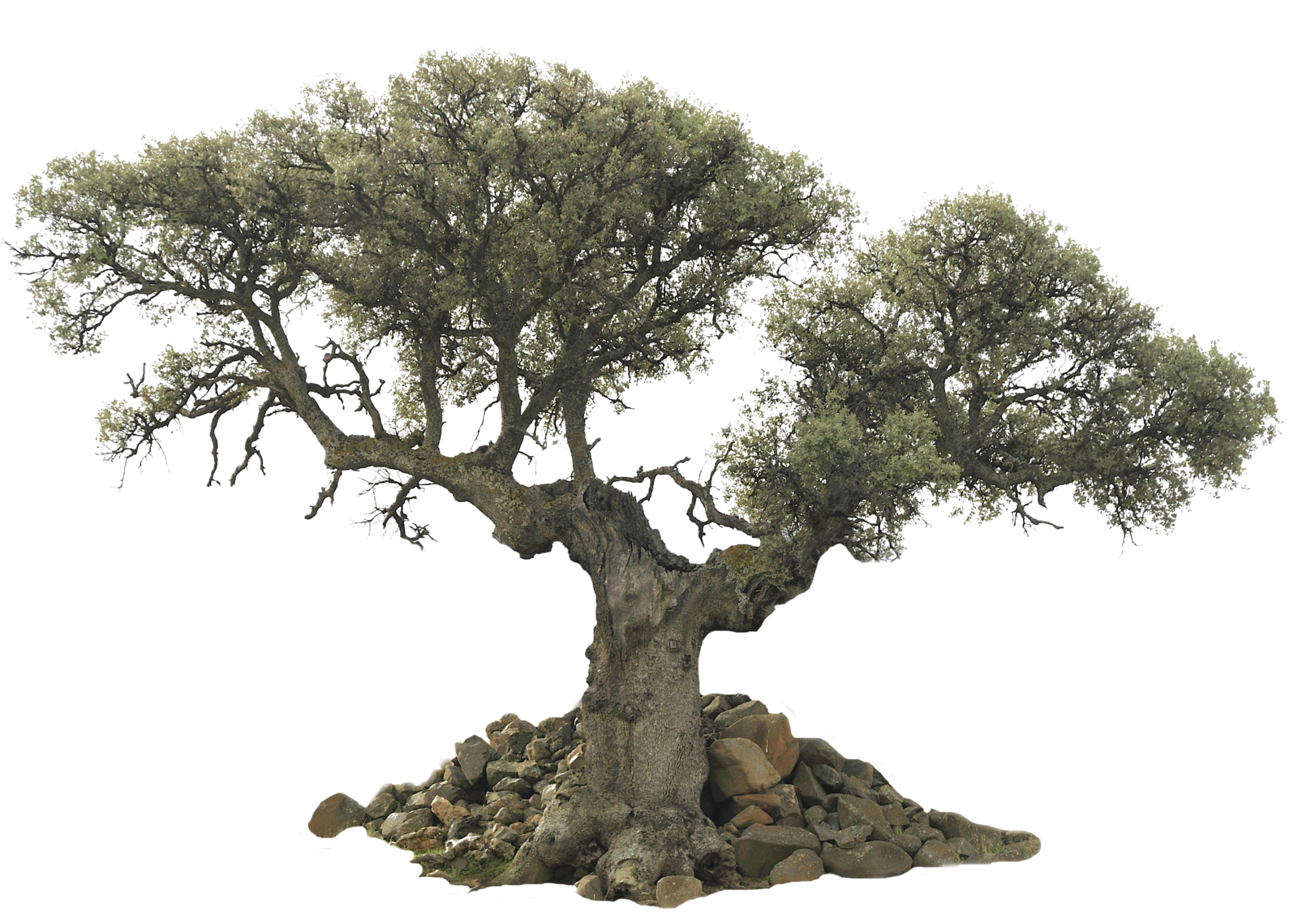

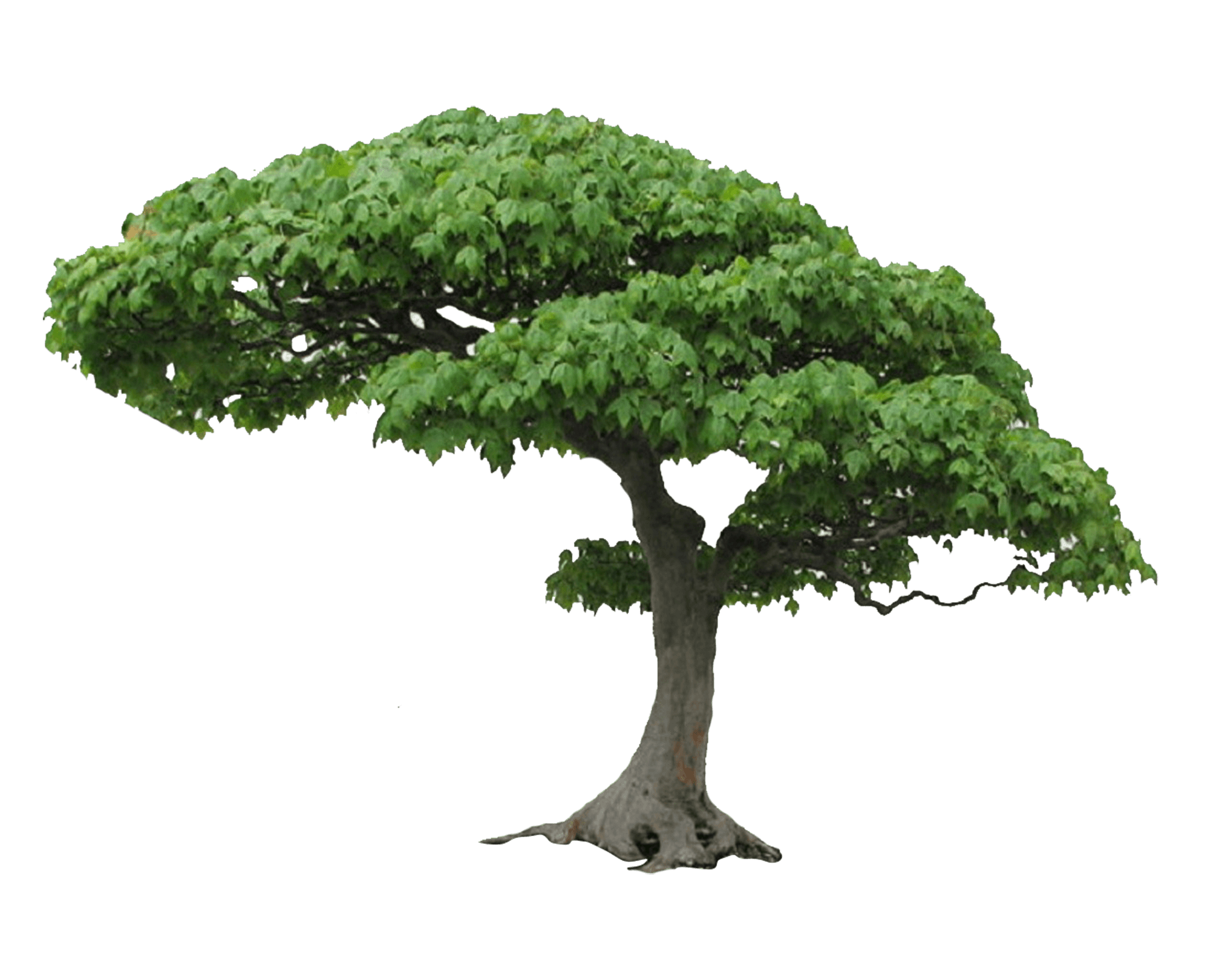
Placement: Placement depends on type of tree, local climate and time of year. As a rule of thumb, outdoor trees are placed in a spot with lots of light. Some shade will be required in summer. Indoor trees are best placed in front of a south facing window.
Watering: Factors that play an important role in determining how much water is required are species of the tree, size of the tree, size of the pot, time of year, soil-mixture, and climate. Don’t water routinely. You should only water if the soil gets dry. Use a soil mixture that retains more water.
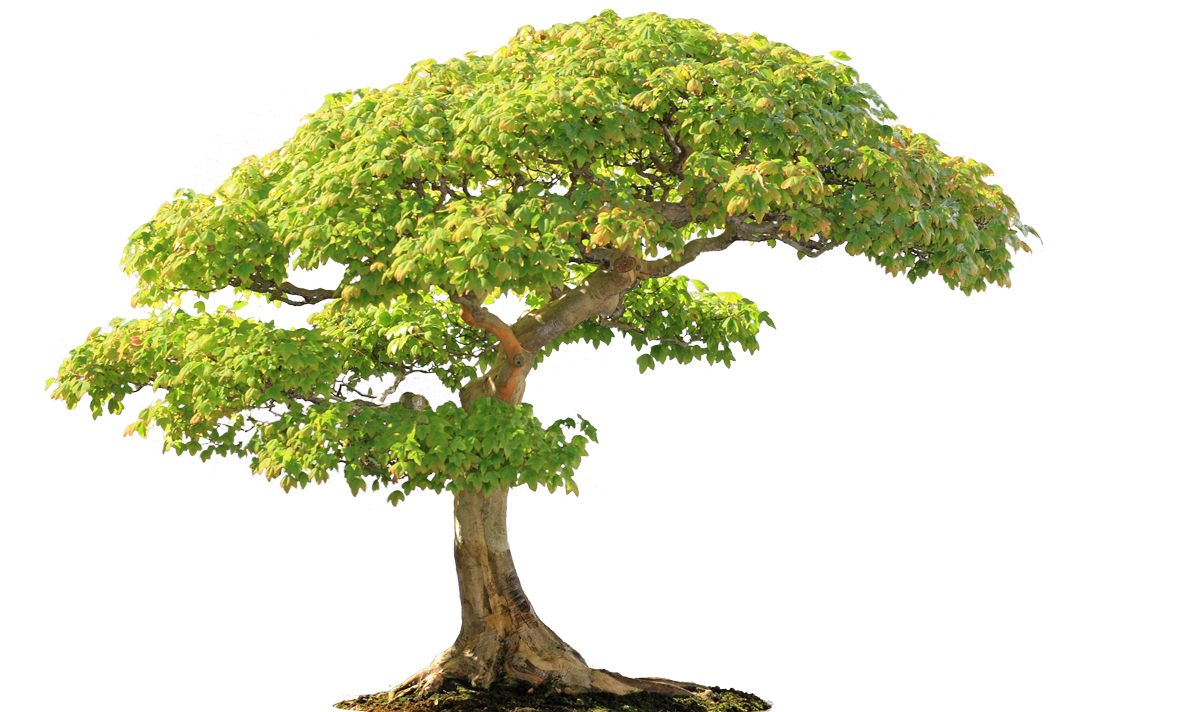
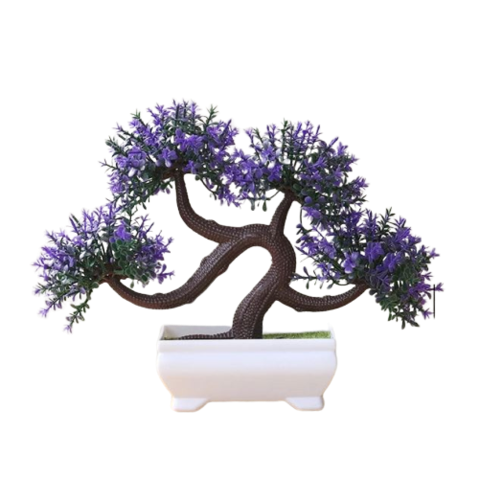
Fertilizing: Regular fertilization will be necessary for indoor trees and especially during the entire growing season, which is from early spring through mid-fall. The fertilization of older trees depends on factors such as the type of species, time of year, stage of development and health of the tree. You should follow the guidelines specific to the species you’ve brought home.
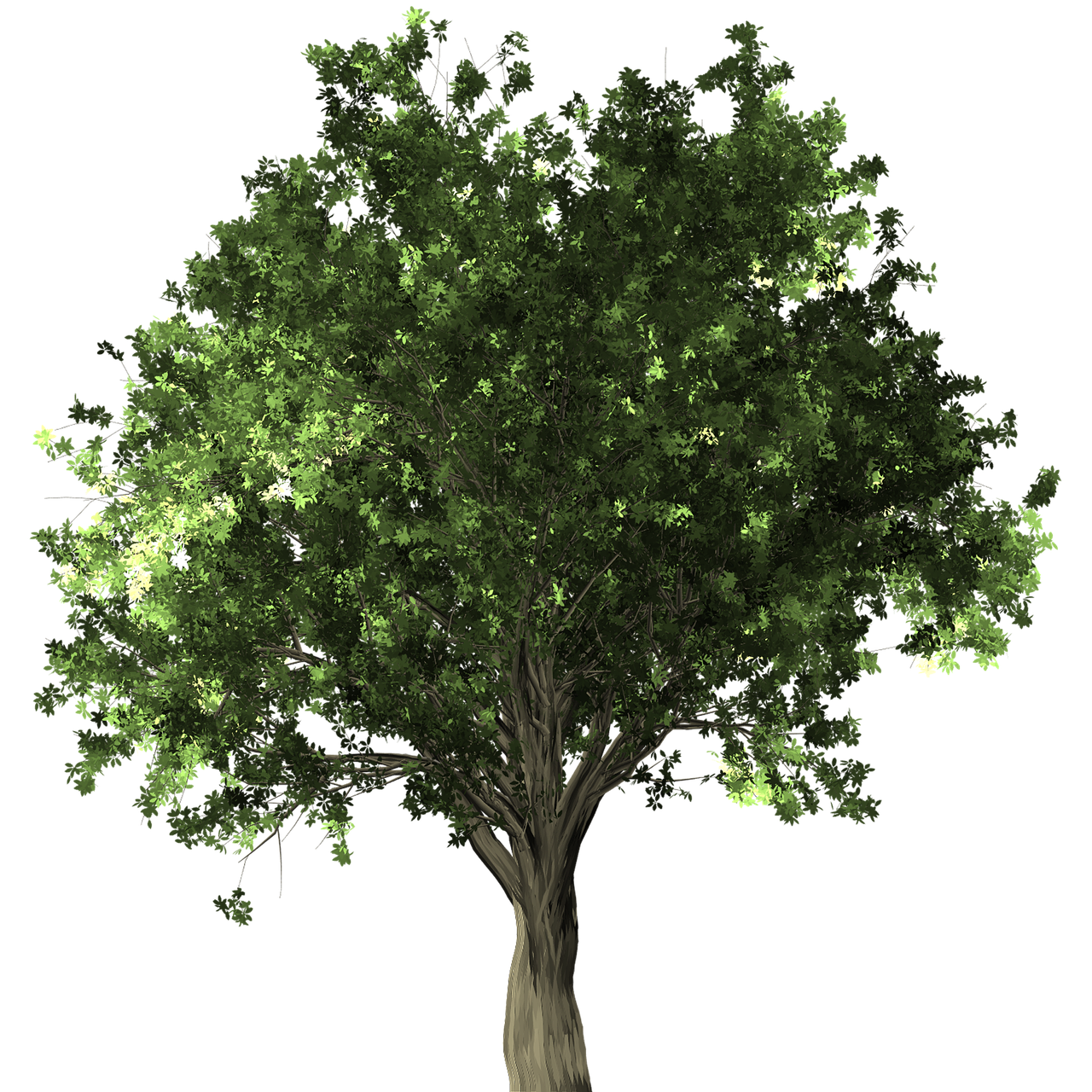
Repotting: Repotting resupplies essential nutrients to your tree and prevents it from dying. The frequency of repotting will depend on the size of the pot and the tree species. Fast-growing trees need to be repotted every two years, sometimes sooner. Older, more mature trees will need repotting every three to five years.
Substrate: For the health and vigor of your tree, you will need a soil that will provide nutrients, retain water, drain properly and provide enough aeration.
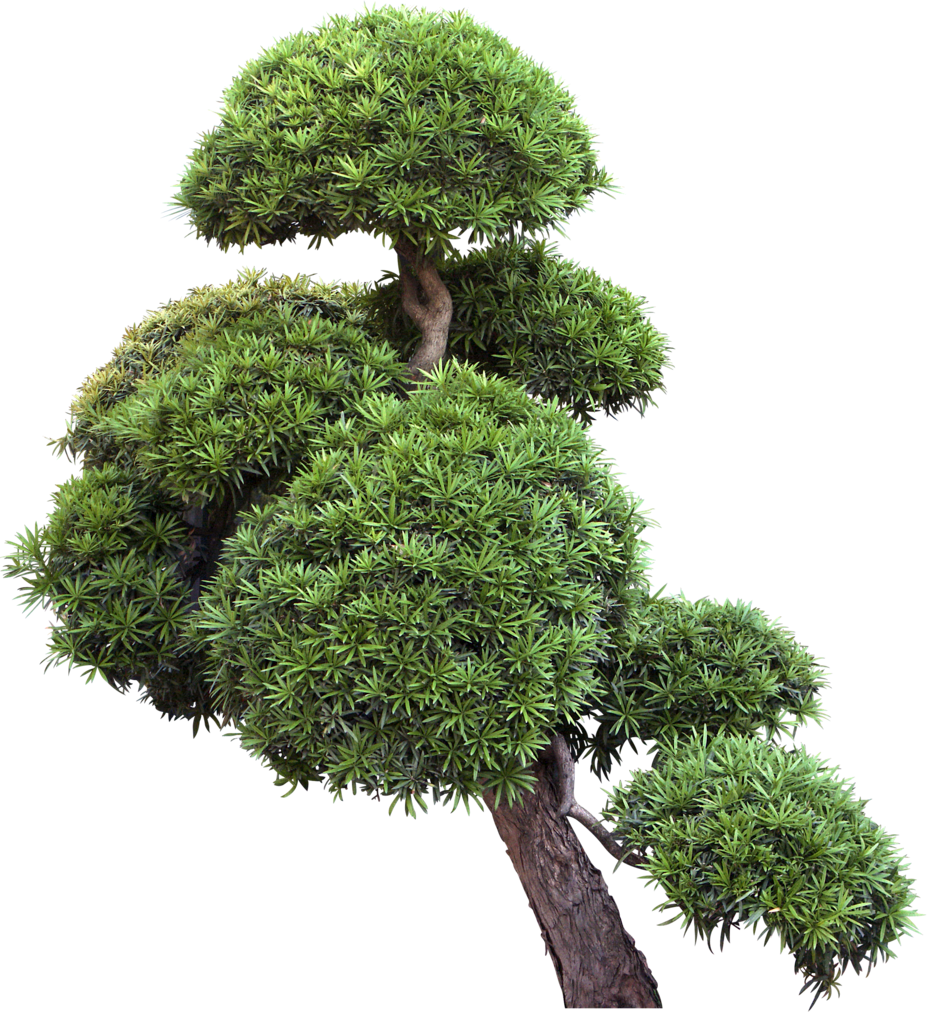
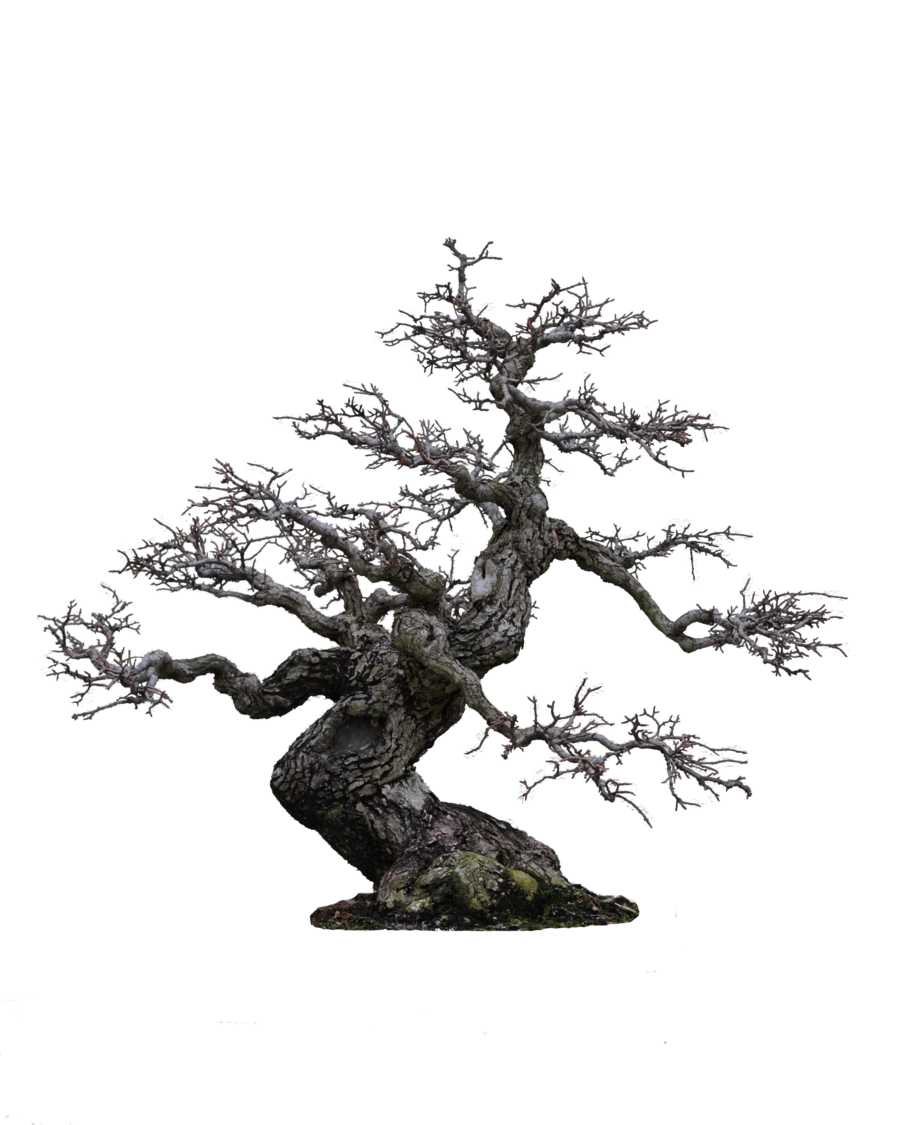
Pot Selection: An ideal Bonsai pot is one made of ceramic or porcelain with the proper depth, drainage and watering holes. An experienced Bonsai tree grower can help you select the right one for your tree.
Pests and Diseases: Discolored leaves, dieback of branches and actual insects are all signs of infection. After buying the proper insecticide, it may be wise to apply half doses first. The doses can always be increased later on.
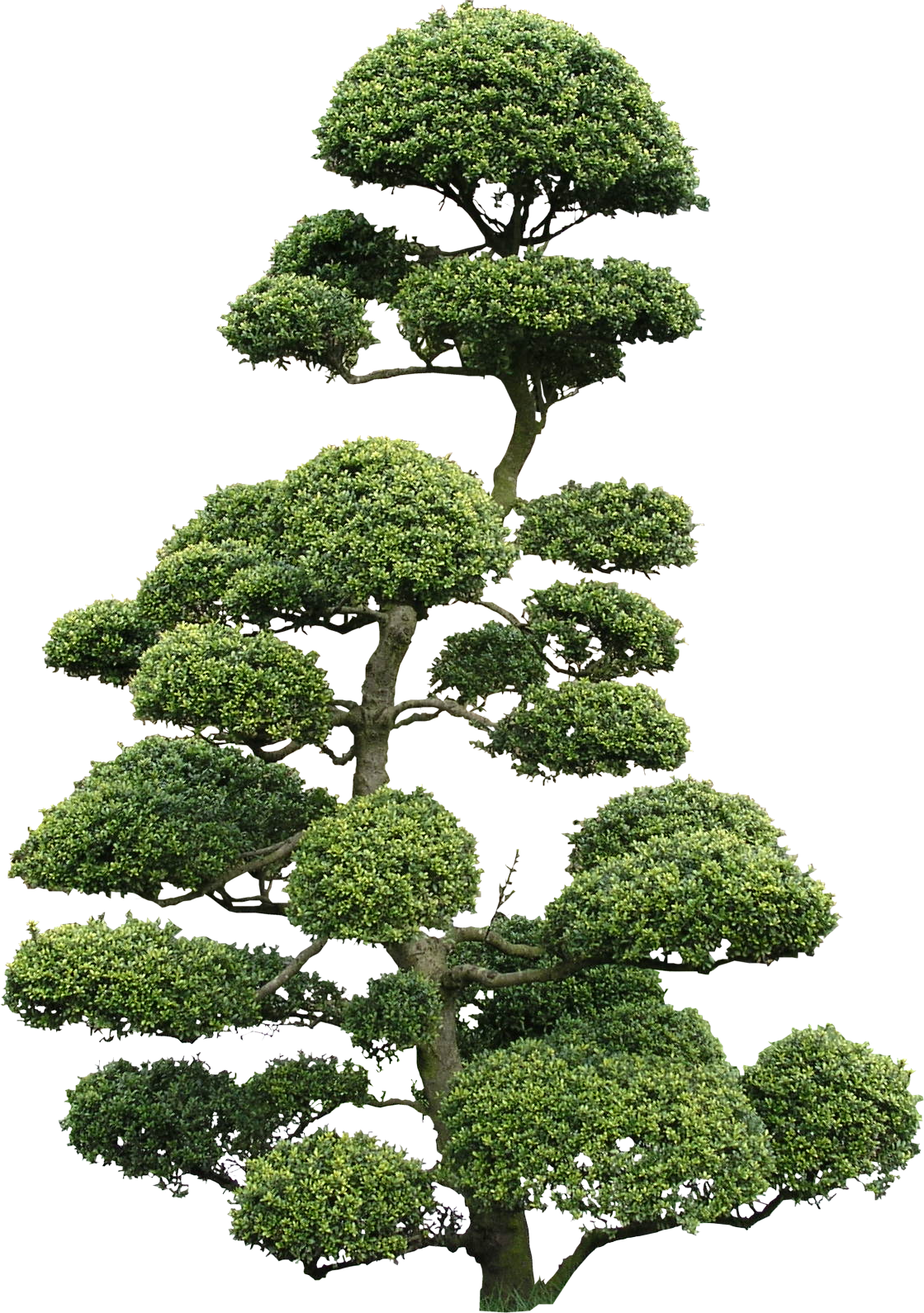
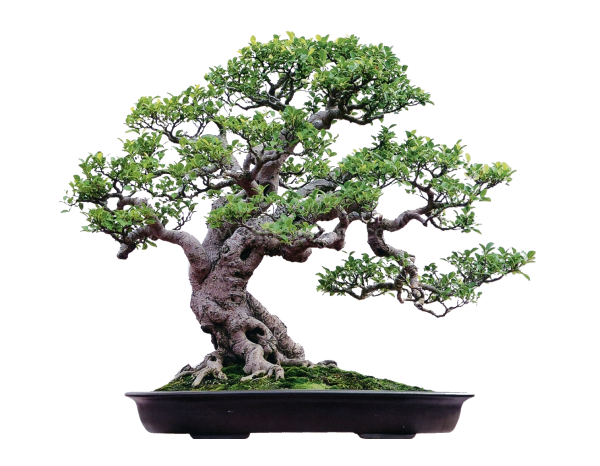
Overwintering: While over nurturing may actually harm the tree, protecting the roots from getting frozen will depend on the type of tree you have. During autumn, in colder areas, temperate trees prepare for the coming winter by hardening up new growth and (for deciduous trees) and dropping leaves to reduce moisture loss. This period of entering dormancy is important for Bonsai trees so overprotecting them by placing them inside will do more harm than good.
If you don’t have the time to bring home a real Bonsai, you can also check out the Bonsai Spirit Tree Lamp. It floods your home with soft warm light radiating positive vibes, creating a fairyland atmosphere.
Wind chimes have two main benefits. The sounds produced by wind chimes are non harmony sounds that have a calming effect on the mind. These sounds can greatly aid meditation, reduce stress and promote relaxation. They have a healing effect on the mind. They bring feelings of inner peace and a sense of overall balance and well-being. Moreover, in some Oriental schools of thought, wind chimes are supposed to create Zen energy attracting peaceful spirits while driving away the evil ones. They create a positive aura in the particular space in which they are placed dispelling the negative energies. Wind Chimes also enhance the aesthetics of a home adding colors and variety to your decor.
According to the principles of Feng Shui, a wind chime, installed in the north-western or western corner of the house can drive away bad luck.
The unusual sounds of the wind chimes may scare away the birds for the first few times, but it’s more likely that as they get used to the sounds of the wind chimes, they will eventually return.
Be it a birthday, anniversary, Mother’s Day, Christmas, or a housewarming , every time the wind blows, the person will remember you. That in itself makes wind chimes an ideal gifting idea. Wind Chimes can accent your garden, or patio, or even be hung indoors. Wind Chimes in the kitchen can add new joy to your chores. LED wind chimes in the garden can create your very own evening wonderland resplendent in radiant colors, that leave your guests delighted and happy.
If you’re buying traditional wind chimes, remember that wind chimes with many tubes can combine more sounds to create different harmonies, while wind chimes with fewer tubes have a smaller range of well-tuned sound. On the other hand, you can also buy our solar powered LED wind chimes. They come in a variety of designs shining beautifully to transform your outdoor spaces in radiant colors.

We see many people living up to 80 or even 100. So what is the secret to a longer, happier and healthier life? Studies show
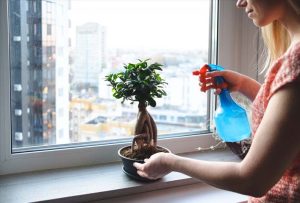
B is for Bonsai 🌳 The word Bonsai is a Japanese word that means tree planting. Derived from the Chinese art form Penjing. But there

Are you an entertainer? Dreaming of money, fame and glamor? Do you have what it takes to be an entertainer? Be it music, theater, comedy